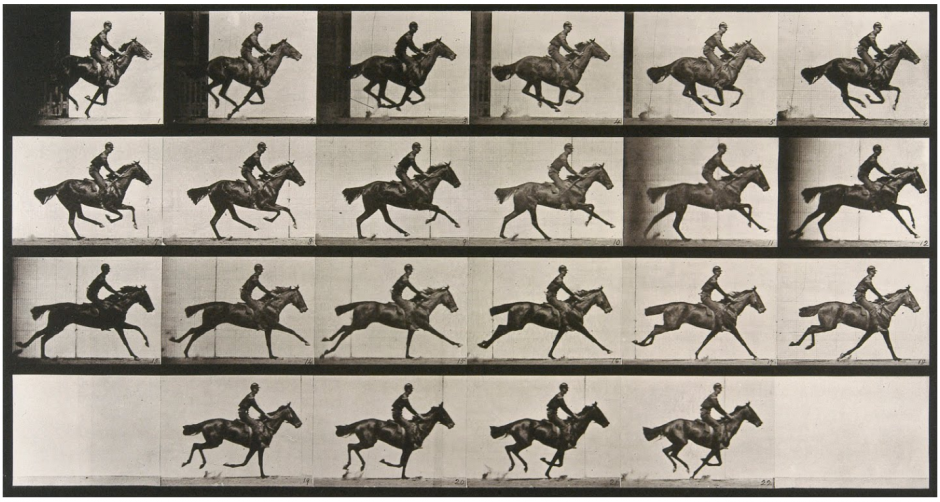Celebrating the History of Horses and Humans Competing Together
[blog post co-authored by Kris Alpi, Director, William Rand Kenan, Jr. Library of Veterinary Medicine]
In honor of the 2018 FEI World Equestrian Games, taking place this September in Tryon, NC, a new display of materials showcases some of NCSU Libraries’ rare books and historical materials related to the relationship between horses and humans. These items from the Special Collections Research Center will be on display at the William Rand Kenan, Jr. Library of Veterinary Medicine through April 2018.
Materials on display include anatomical illustrations and diagrams from multiple volumes of The horse, its treatment in health and disease with a complete guide to breeding, training and management, by J. Wortley Axe (1906) (full text available via HathiTrust), as well as selections from A special report on diseases of the horse, by Dr. Pearson, et al (1923) and A scientific treatise on dairy cows, horses, hogs, sheep and poultry, by L.D. LeGear (1932).
In one illustration, “Skeletons of Horse and Man” (Axe, Vol. 5), the juxtaposition of the skeletons of horse and human remind us how much we can learn from comparative anatomy and comparative medicine. Equestrian Sports are the only Olympic sport where two species compete as a team and we celebrate these same partnerships at the World Equestrian Games. Today’s equine and human athletes share many of the same rehabilitation and sports medicine therapies.
Eadweard Muybridge's photograph series, “Phases of the Gallop” (Axe, Vol. 1), helps us appreciate that the full weight of the horse balances on just one hoof. Thus, hoof health and partnership with farriers (blacksmiths) are crucial for the exciting speed-based performances on display at the World Equestrian Games.
Depending on the footing for each phase of competition, horses will have different shaped studs attached to their metal shoes. The model above (Axe, Vol. 6), with accompanying explanations, shows the interplay between several layers of the horse’s foot and hoof. Compare this model of the blood supply to the hoof in the 1923 illustration below (Pearson, 1923). NC State faculty literally wrote the modern book on Equine Podiatry, and we have an excellent collection of modern farriery resources.
In the illustration above, note the size and shape of the horse in this drawing of the blood supply (LeGear, 1932). Large draft horses were used for farm work and harness driving. Today’s modern warmblood sport horses descend from cross-breeding “cold-blooded” draft horses to “hot-blooded” Thoroughbred and Arabians. Compare this horse with the one shown in the drawing of the superficial musculature below (Pearson, 1923).
Understanding the performance horse’s musculature is very important to build up the horse’s strength and flexibility for movements required for the various World Equestrian Games disciplines. Dressage horses require many years of training to develop the strength in the haunches and croup, as well as flexion across the back, to perform the piaffe and passage. Reining horses need to have strong hind legs and gaskin muscles for their sliding stops.
These materials and more are available to interested researchers through the NCSU Libraries Special Collections Research Center. The SCRC supports the research and teaching strengths of the NC State community, with rare, unique, original materials in collecting areas including Veterinary Medicine and Zoological Health. Explore the collections on the SCRC website, and contact us to plan a visit to view materials in the SCRC reading room in D. H. Hill Jr. Library.
The D. H. Hill Jr. Library general collection and the William Rand Kenan, Jr. Library of Veterinary Medicine also hold hundreds of books and videos on all aspects of equestrian sports, horse care and equine medicine. Search the catalog for your topic of interest and visit the Libraries!






